#finlay currie
Photo








I Know Where I'm Going! (Michael Powell & Emeric Pressburger, 1945)
#films watched in 2023#I Know Where I'm Going!#I Know Where I'm Going#siete#1945#Michael Powell#Emeric Pressburger#Pressburger#Powell#michael powell and emeric pressburger#Powell & Pressburger#powell and pressburger#Wendy Hiller#Roger Livesey#Finlay Currie#Pamela Brown#drama#love#back#animals#dogs#black and white#faceless#sea#water#hands#smoke#jewellery
92 notes
·
View notes
Text
Ivanhoe 1952
Based on the 1819 novel by Sir Walter Scott.
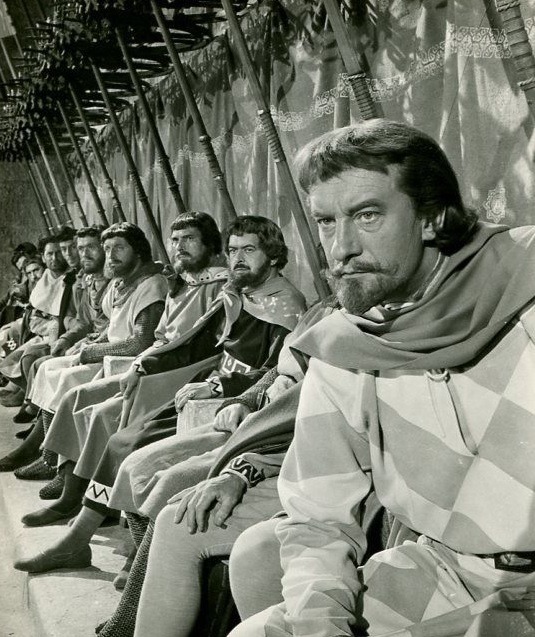

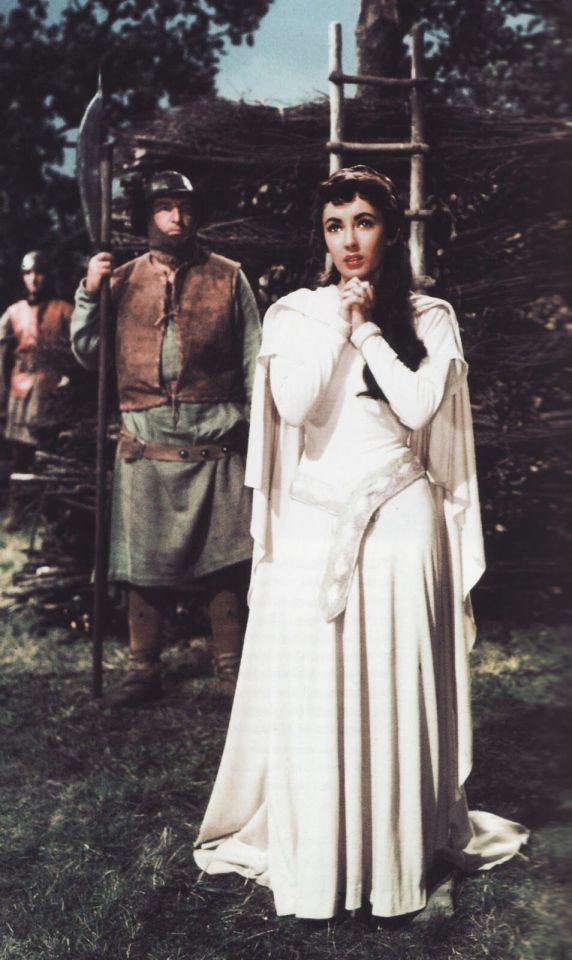







#Robert Taylor#Elizabeth Taylor#Joan Fontaine#George Sanders#Emlyn Williams#Felix Aylmar#Finlay Currie#Robert Douglas#Francis De Wolff#Norman Wooland#Ssebastian Cabot
19 notes
·
View notes
Photo

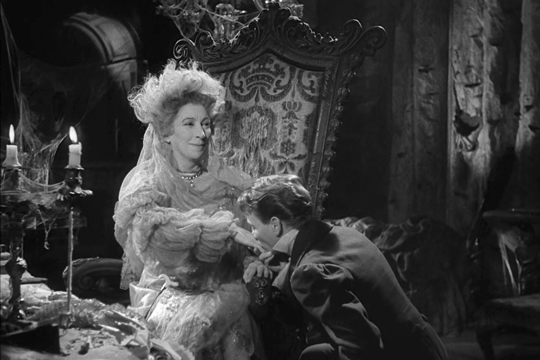






Estella, you must leave this house. It's a dead house. Nothing can live here.
GREAT EXPECTATIONS (1946) DIR. DAVID LEAN
#great expectations#great expectations 1946#john mills#alec guinness#martita hunt#valerie hobson#finlay currie#david lean#philip pirrip#herbert pocket#miss havisham#pip#estella#abel magwitch#charles dickens#filmedit
148 notes
·
View notes
Photo
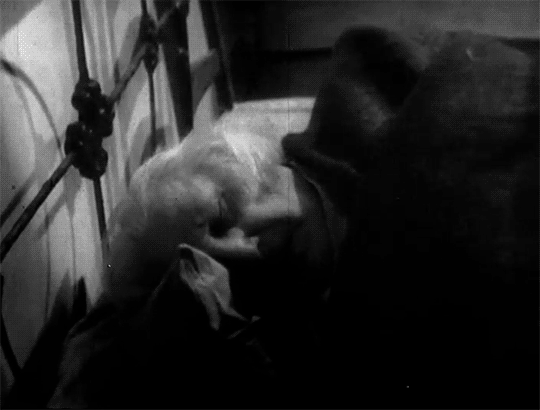

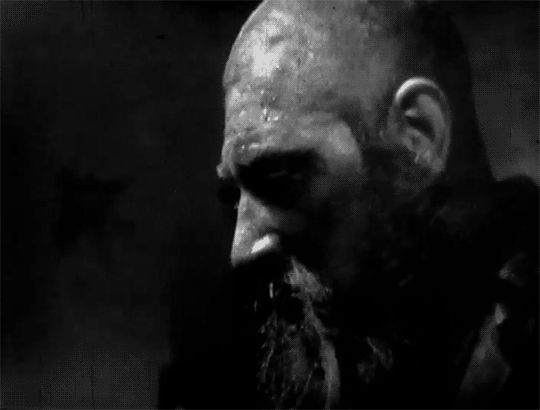
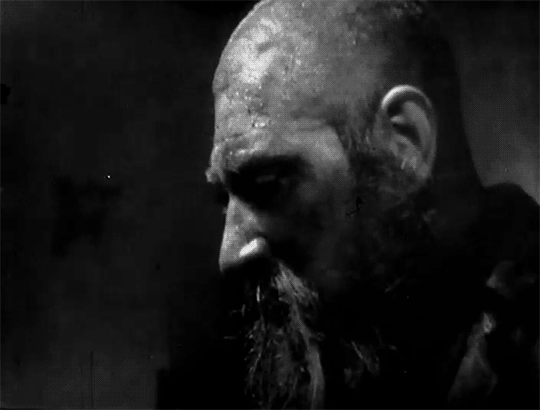
LES MIS LETTERS IN ADAPTATION - What He Does, LM 1.2.11 (Les Miserables 1967)
No one could have told what was passing within him, not even himself. In order to attempt to form an idea of it, it is necessary to think of the most violent of things in the presence of the most gentle. Even on his visage it would have been impossible to distinguish anything with certainty. It was a sort of haggard astonishment. He gazed at it, and that was all. But what was his thought? It would have been impossible to divine it. What was evident was, that he was touched and astounded. But what was the nature of this emotion?
His eye never quitted the old man. The only thing which was clearly to be inferred from his attitude and his physiognomy was a strange indecision. One would have said that he was hesitating between the two abysses,—the one in which one loses one’s self and that in which one saves one’s self. He seemed prepared to crush that skull or to kiss that hand.
#Les Mis#Les Mis Letters#Les Miserables#Les Mis Letters in Adaptation#Les Mis 1967#Les Miserables 1967#Jean Valjean#Valjean#LM 1.2.11#Myriel#Bishop Myriel#Frank Finlay#Finlay Currie#lesmisedit#lesmiserablesedit#tvedit#tvfilmsource#bbcedit#miniseriesedit#lesmiserables1967edit#pureanonedits#Argh I'm posting this so late but I'm still determined not to miss a day that there's a chapter out that is in an adaptation!#Anyway Frank Finlay best Valjean#he expresses so much with so little
47 notes
·
View notes
Text

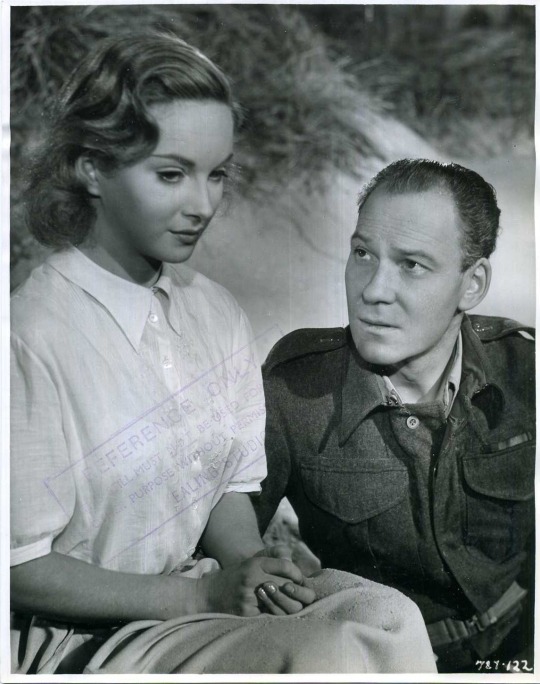


Whisky Galore! (Tight Little Island) (1949) Alexander Mackendrick
September 3rd 2023
#whisky galore!#tight little island#1949#alexander mackendrick#basil radford#bruce seton#gordon jackson#joan greenwood#jean cadell#wylie watson#james robertson justice#john gregson#gabrielle blunt#catherine lacey#morland graham#james anderson#duncan macrae#henry mollison#finlay currie#whisky galore#ealing
7 notes
·
View notes
Text

Joan Fontaine-Finlay Currie "Ivanhoe" 1952, de Richard Thorpe.
4 notes
·
View notes
Photo

I Know Where I’m Going! (1945)
If not for World War II, Michael Powell and Emeric Pressburger might not have made I Know Where I’m Going! Looking to film a high-concept Technicolor feature that eventually became A Matter of Life and Death (1946; AKA Stairway to Heaven), the duo encountered trouble when they learned that almost every Technicolor camera in non-occupied Western Europe was being used to make Allied military training films. So while biding their time, they looked to film a story that Pressburger pounded out on his typewriter in four days. Originally known as The Misty Island, I Know Where I’m Going! is a poignant romance containing dollops of comedy, Scottish folklore, and traces of adventure. Aided by the misty oceanic landscapes and two subtle (but worthy) central performances, this movie from the Archers (the production company for Powell and Pressburger, but also a nickname for the two) balances its earthiness and mysticism to form an effective romantic drama.
After a narrated prologue/opening credits fast forwarding through the first twenty-five years of her life, the Mancunian woman Joan Webster (Wendy Hiller) departs home to the Hebrides in order to marry industrialist Sir Robert Bellinger (voiced by Norman Shelley). Joan has never met the much older Sir Bellinger, who lives on the fictional Isle of Kiloran. A multipart journey involving trains and boats takes place – all on time, exactly as Sir Bellinger’s travel itinerary has laid out for Joan. Following a fascinating montage travel scene thanks to editor John Seabourne, Sr. (1943’s The Life and Death of Colonel Blimp, 1957’s A King in New York), Joan arrives at her final stop before the boat to Kiloran – the Isle of Mull. There, Joan finally has a delay in her travel schedule. Inclement weather for the next few days will make passage impossible. There, she meets Royal Navy officer Torquil MacNeil (Roger Livesey), who is on leave from the service. The two stay the night at a friend of Torquil’s, Catriona Potts (Pamela Brown), and her overeager Irish Wolfhounds. Joan soon learns that Torquil is the Laird of Kiloran and – with the poor conditions not improving – he gladly shows Joan many of the locals and sights. Gradually, Joan’s emotional walls crumble, leaving her making a choice unanticipated and uncharacteristic.
The colorful cast of supporting actors include C.W.R. Knight as the falconer Colonel Barnstaple, Finlay Currie as the sailor Ruairidh Mhór, George Carney as Joan’s father, Nancy Price as Mrs. Crozier, and Catherine Lacey as the busybody Mrs. Robinson. Thirteen-year-old Petula Clark is Cheril, the Robinsons’ daughter.
youtube
How in the world did Pressburger type out this screenplay (the writing credit also goes to Powell) in a few days? The Archers came into pre-production knowing what sort of story they wished to tell. Intending to carry over the anti-materialist messages from their previous film – 1944’s A Canterbury Tale – they juxtapose constantly the idea of Joan’s idea of marrying a rich husband with the poor and working-class background of the Isle of Mull’s residents. The origins of Joan’s affluent tastes, established in the opening sequence over the opening credits, are never fully explained. Is it a legacy of living in extremely class-conscious early 20th century England? Perhaps a coping mechanism or compensating for some personal shortcoming? Whatever it is, it makes Joan’s progression as a character and the climactic decisions of the film feel less believable than they should be. This is, for me, the glaring hole in an otherwise fine screenplay from the Archers. The superb performances from Hiller and Livesey almost remedy my qualms here.
And what performances they deliver. Wendy Hiller had been primarily a stage actress by the time she made a leap into the movies. The second film she made was the 1938 adaptation of George Bernard Shaw’s Pygmalion, in which she played Eliza Doolittle. She became the first British actress to receive an Academy Award acting nomination in a British movie as a result. With her stock on the rise and looking forward to working with her, Powell and Pressburger signed her up to play the female lead in The Life and Death of Colonel Blimp. But her second pregnancy forced her to step away from the production, leaving that role to Deborah Kerr. In I Know Where I’m Going!, Hiller has to exercise restraint for almost all of this film. As much as I criticized the on-paper believability of the Joan and Torquil’s developing relationship in the preceding paragraph, Hiller does her darndest to sell it. Her initial indifference to Scotland’s charms wears down as she contemplates her situation and begins to accept the slower pace of life far from the comfortable trappings of middle-class Manchester.
It takes a second performance to make all this work, and Roger Livesey does so ably. Livesey is no Laurence Olivier or Leslie Howard in terms of conventional handsomeness, but he terrifically complements Hiller in their moments together. Patient and kind to the Englishwoman who initially thinks little of the people and the places surrounding her, Torquil is no foil to Joan (this is not exactly an attraction of opposites), but their upbringings and views of tradition are markedly different. Livesey portrays this difference well in his vocal inflections and his bemused facial acting. Most viewers might not notice, but despite I Know Where I’m Going! being shot mostly on-location, Livesey never left London during production. Livesey was part of a play in London’s West End, and that production’s producers would not allow him to leave for Scotland to take part in the on-location shooting. So, for any exterior scenes in this film, Hiller is interacting with a body double. Look closer and you will notice that Livesey is always shot in close-up whenever the film’s narrative is outdoors.
By the time Pressburger completed the screenplay and filming began in the second half of 1944, Allied victory in Europe seemed to be drawing near. After several years of war – at times unsure whether the United Kingdom might survive the Axis onslaught – thoughts inevitably turned to what life might be like again once the guns fell silent. British social changes during wartime, whether by popular practice or by Parliamentary law, led the average British person to believe in a postwar society less class-conscious and economically fairer for all. We never see Sir Roger Bellinger in I Know Where I’m Going!, but there are implications he has profited from fueling the Allied war machine. There are other hints that Sir Bellinger is unaware of how his less wealthier neighbors act, that he is lacking the social etiquette and consciousness to interact with anybody outside his stratified circles (see: his manner of speech while speaking over the radio and his overly detailed itinerary for Joan regarding the trip from Manchester to Kiloran).
Meanwhile, the residents on the Isle of Mull are uniformly depicted as free-wheeling, fun-loving, and content with the human companionship and natural beauty – shot beautifully by cinematographer Erwin Hillier, who often was instructed by Powell to suspend shooting if the sky was too clear, and to wait until some clouds dotted the landscape – they have. The war is far from their concerns (the only explicit mention of WWII in the film might be that Torquil is on leave from the Royal Navy), almost as if it was not happening at all. The philosophies driving the violent on continental Europe and those spoken through the halls in Westminster seem as faraway as Shangri-La in Frank Capra’s Lost Horizon (1937). In place of the economics and politics of war, Gaelic dialogue, legends, and song fill the time as the isle’s residents go about their self-sufficient livelihoods.
Though, in terms of chronology, I Know Where I’m Going! takes place during WWII, it feels like the Archers’ first postbellum film. From 49th Parallel (1941) to The Life and Death of Colonel Blimp to the preceding A Canterbury Tale, the duo’s entire filmography by this point was rife with propaganda or propaganda-adjacent work (The Life and Death of Colonel Blimp is an exception, but it is heavily defined by three separate periods of British wartime). Taken in conjunction with Joan’s romantic second-guessing, I Know Where I’m Going! advocates for the needs of the heart from the moment Joan steps foot in Scotland. More broadly, it expresses hope that Britons can hold fast to more egalitarian principles once World War II concludes.
Michael Powell and Emeric Pressburger’s Technicolor expressionism as seen in A Matter of Life and Death, The Red Shoes (1948), and The Tales of Hoffmann (1951) was not yet in evidence. That would come only with greater artistic freedom, British audiences being able to separate their reputations from their earlier wartime work, and greater funds for those later works. The duo’s artistic vision, however, is without question in I Know Where I’m Going! The scene depicting the Corryvreckan whirlpool is stunning visual effects work (inspired by Moses’ parting of the Red Sea in Cecil B. DeMille’s original 1923 silent version of The Ten Commandments), in addition to the expressive lighting and cinematography of the exterior Scottish scenes.
On the other side of the Atlantic, I Know Where I’m Going! was no financial blockbuster, but it was a commercial and critical success in America. Some time after its release, Powell and Pressburger learned that I Know Where I’m Going! was shown to contracted writers at Paramount Pictures to exemplify, “how a perfect screenplay should be constructed.” Now, there might be no such thing as a “perfect” screenplay – and I hardly think I Know Where I’m Going! is close to that conversation if there is one – but it is certainly an inspired choice to teach screenwriters how to structure their narratives, appropriate places for narration, and how to build a relationship between two characters (which still requires some assistance from the actors).
In the years after making I Know Where I’m Going!, Powell deemed the film the “sweetest” he ever made with Pressburger. The down-to-earth humor and affection for the land and its people is always apparent, a quieter work amid the din of a war near its end. Through Joan and Torquil, the Archers express a social ideal unimaginable for many Britons even decades prior to this film’s release. Amid their many other works with war at the forefront, I Know Where I’m Going! lays bare its aspirations of life simply lived, the only sort of life worth living.
My rating: 8/10
^ Based on my personal imdb rating. My interpretation of that ratings system can be found in the “Ratings system” page on my blog (as of July 1, 2020, tumblr is not permitting certain posts with links to appear on tag pages, so I cannot provide the URL).
For more of my reviews tagged “My Movie Odyssey”, check out the tag of the same name on my blog.
#I Know Where I'm Going#I Know Where I'm Going!#Michael Powell#Emeric Pressburger#Powell and Pressburger#The Archers#Wendy Hiller#Roger Livesey#Pamela Brown#Finlay Currie#George Carney#Nancy Price#Catherine Lacey#Erwin Hiller#John Seabourne Sr.#TCM#My Movie Odyssey
10 notes
·
View notes
Text






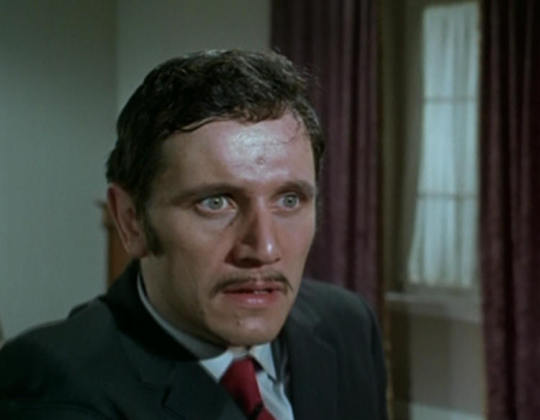
The Saint: Vendetta for the Saint - Part 2 (6.16, ITC, 1969)
"Out of everyone in this room, only two people have no reason to lie: you and I."
"And how do you reason this?"
"We are both about to die."
#the saint#vendetta for the saint#1969#leslie charteris#john kruse#harry w. junkin#jim o'connolly#roger moore#ian hendry#rosemary dexter#aimi macdonald#finlay currie#george pastell#marie burke#peter madden#alex scott#anthony newlands#steve plytas#gertan klauber#steven berkoff#ricardo montez#where the fiction makers was shot as two episodes planned to be stitched together for cinema release‚ Vendetta had the opposite production#ie. it was shot as a film and then cut into two for tv; this means that this 2nd ep is the only episode in 118 not to feature Simon being#introduced by name and getting the halo effect before the credits. instead we get a montage of last week's events! some other small tics#are evidence of this backwards creation; this ep also carries the film's 'the end' onscreen title before the proper end credits#truthfully this second part can't quite live up to the first; all the plot and intrigue is more or less sorted out in part 1 and so this#ep is mostly concerned with back and forth chases‚ gun fights and showdowns. they're pretty good (we're still in Malta after all) but it#does mean that it's sort of all show and no brains for the wrap up. oddly‚ despite the two eps heavily playing up the vendetta aspect and#Simon hinting more than once that he's willing to outright kill Hendry's big bad‚ he survives the finale. it would make more sense if Simon#had got a line about mercy or something or just acknowledged it‚ but nothing. ho hum. not a bad two parter!
2 notes
·
View notes
Photo








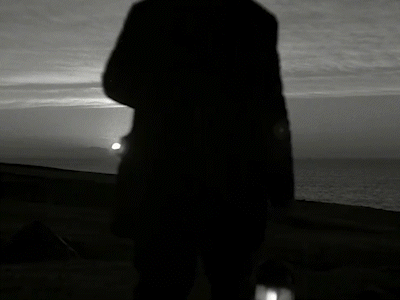

Do you think I don’t care about Robbie? Do you think I’d forget he was your twin brother and my best friend?
The Edge of the World (1937) | dir. Michael Powell
#1930's cinema#1937 movies#the edge of the world#niall macginnis#belle chrystall#john laurie#eric berry#finlay currie#michael powell#outer hebrides#foula#dramaedit#historyedit#romanceedit#scottish cinema#classicfilmsource#filmblr#filmedit
12 notes
·
View notes
Photo

#saint joan#jean seberg#richard widmark#richard todd#barry jones#anton walbrook#john gielgud#felix aylmer#harry andrews#finlay currie#bernard miles#patrick barr#kenneth haigh#otto preminger#1957
8 notes
·
View notes
Text
Treasure Island (1950)
Enchanted by the idea of locating treasure buried by Captain Flint, Squire Trelawney, Dr. Livesey and Jim Hawkins charter a sailing voyage to a Caribbean island. Unfortunately, a large number of Flint’s old pirate crew are aboard the ship, including Long John Silver.

View On WordPress
2 notes
·
View notes
Text
Quo Vadis, 1950, Is Playing on TCM on March 17 (USA)
The epic Quo Vadis, 1950 is playing on Turner Classic Movies on Friday, March 17 at 7:30 a.m. If you haven’t seen this, you’ve missed something truly special.
The 1st century Roman Empire, the fire of Rome, early Christianity, martyrdom…this historical content was dealt with in many films before and after 1951. Yet, it is LeRoy’s Quo Vadis most viewers associate with the infamous period of…

View On WordPress
#Abraham Sofaer#Ancient Rome#Deborah Kerr#Felix Aylmer#Finlay Currie#Golden Era#henryk sienkiewicz#Leo Genn#Mervyn LeRoy#MGM#Nero#Norman Wooland#Patricia Laffan#Peter Ustinov#Quo Vadis
5 notes
·
View notes
Text
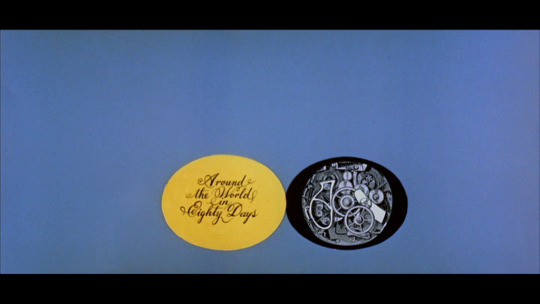
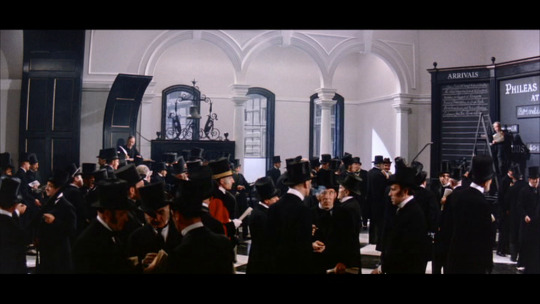

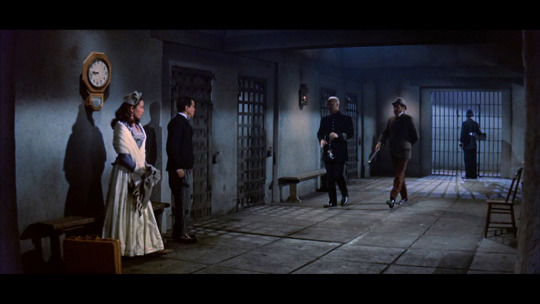
youtube
Around the World in 80 Days (1956)
My rating: 4/10
Well, neither Jules Verne nor the average 50s filmmaker has ever met a broad ethnic stereotype they didn't like, so of course it's quite racist (plus there's the whole "incredibly white people playing characters of color" thing), and it's probably the most travelogue-y of all the 80 Days adaptations, with long, long stretches of Scenic Location Footage, but apart from that it's not bad, I guess? Ridiculously star-studded supporting cast, too, for whatever that's worth.
#Around the World in 80 Days#Michael Anderson#John Farrow#James Poe#S.J. Perelman#David Niven#Cantinflas#Finlay Currie#Youtube
4 notes
·
View notes
Audio
Your deadicated hosts wrap up 1958 with CORRIDORS OF BLOOD, directed by Robert Day and starring Boris Karloff and Christopher Lee!
With a cast and title like that, well, it's gotta be something special! ...right?
Context setting 00:00; Synopsis 15:34; Discussion 25:47; Ranking 44:05
#podcast#horror#corridors of blood#doctor from seven dials#robert day#jean scott rogers#john croydon#boris karloff#christopher lee#betta st john#finlay currie#francis matthews#geoffrey faithfull#peter mayhew#buxton orr#amalgamated pictures#anesthesia#adrienne corri#the haunted strangler#uk horror#classic horror
5 notes
·
View notes
Text
9 maggio … ricordiamo …
9 maggio … ricordiamo …
#semprevivineiricordi #nomidaricordare #personaggiimportanti #perfettamentechic
2020: Geno Silva, attore statunitense. (n. 1948)
2020: Antonio Palazzi, gastronomo italiano. (n. 1936)
2017: Michael Parks, attore e cantante statunitense. (n. 1940)
2016: Fatima Robin’s, nome d’arte di Fatima Ben Embarek, è stata una cantante e circense tedesca. (n. 1930)
2015: Elizabeth Wilson, attrice statunitense, la cui carriera ha spaziato per sette decenni tra cinema, teatro e…

View On WordPress
#9 maggio#Alice Faye#Danilo De Girolamo#Dolores Fuller#Edmond O&039;Brien#Elizabeth Wilson#Fatima Ben Embarek#Finlay Currie#Finlay Jefferson Currie#Geno Silva#Lena Horne#Marco Ferreri#Margaret Kies#Margaret Lindsay#Marion Lorne#Marion McDougall#Mary Duncan#Michael Parks#Morti 9 maggio#Ottavio Missoni#Personaggi famosi 9 maggio#Raimondo Van Riel#Ricordando ..#Vincenzo Musolino
0 notes
Photo
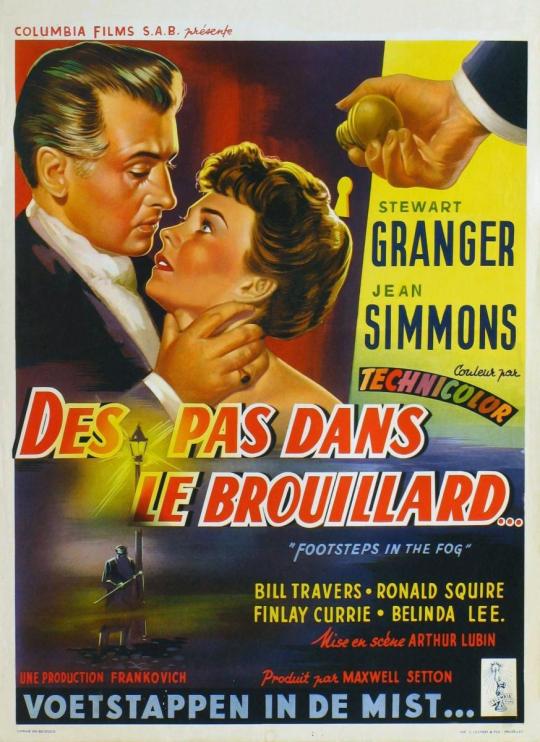
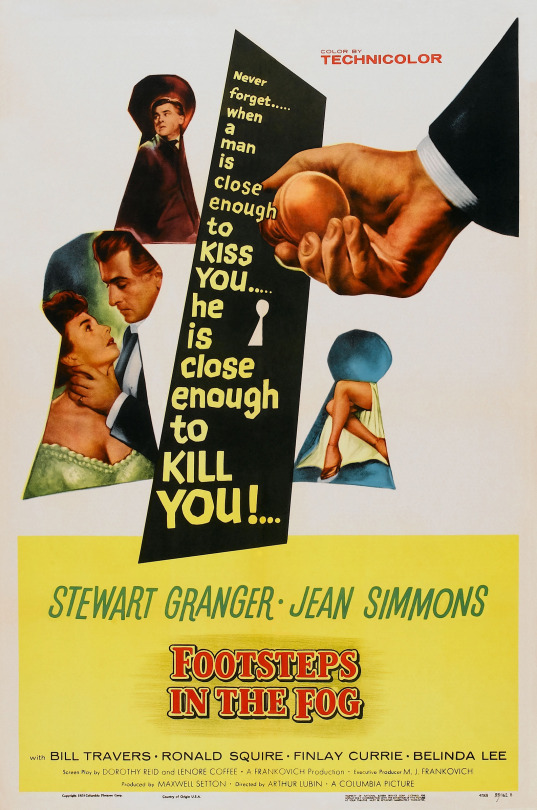






Footsteps in the Fog (1955) Arthur Lubin
January 31st 2023
#footsteps in the fog#1955#arthur lubin#stewart granger#jean simmons#bill travers#belinda lee#barry keegan#marjorie rhodes#william hartnell#ronald squire#finlay currie
8 notes
·
View notes